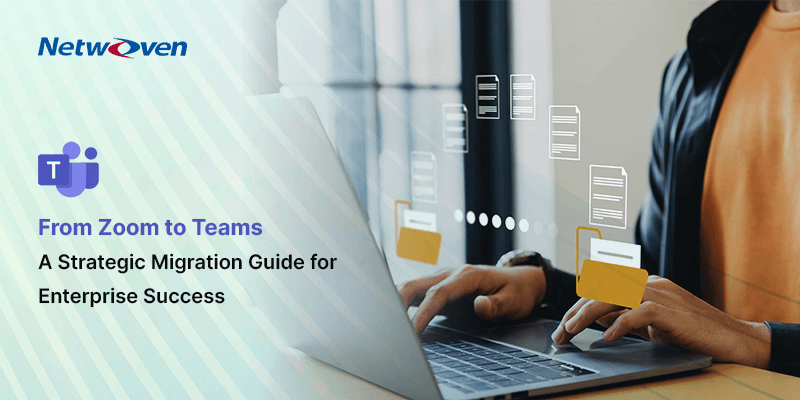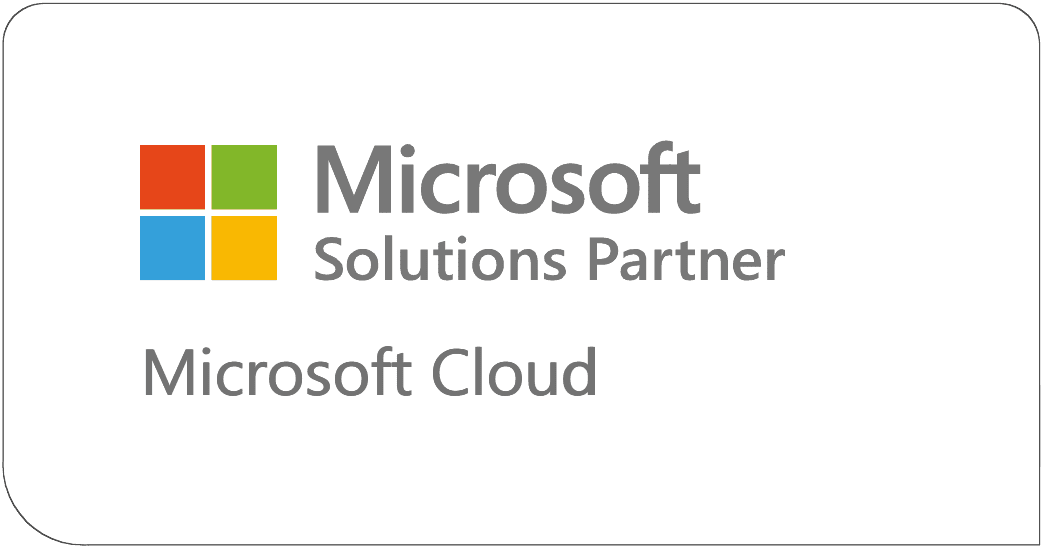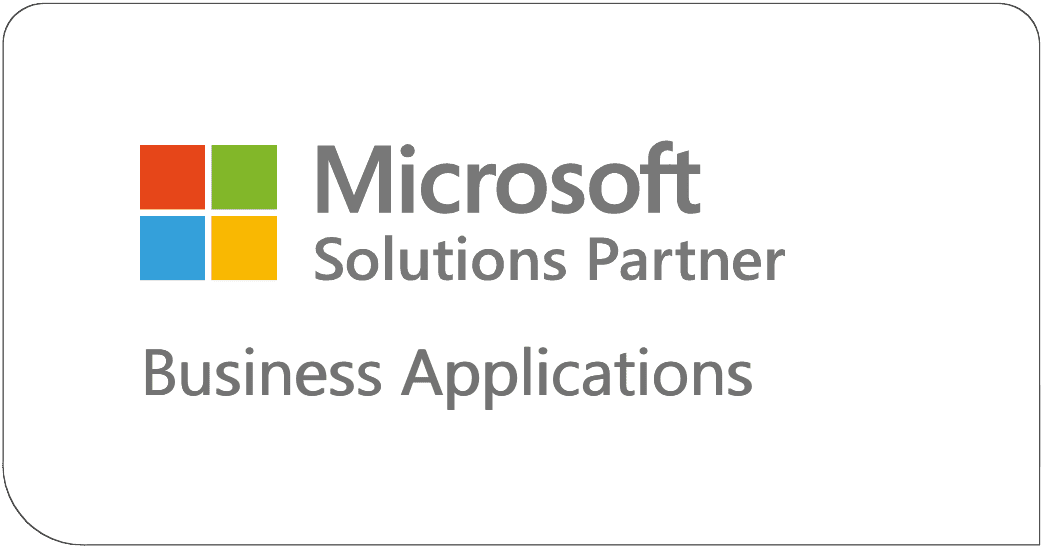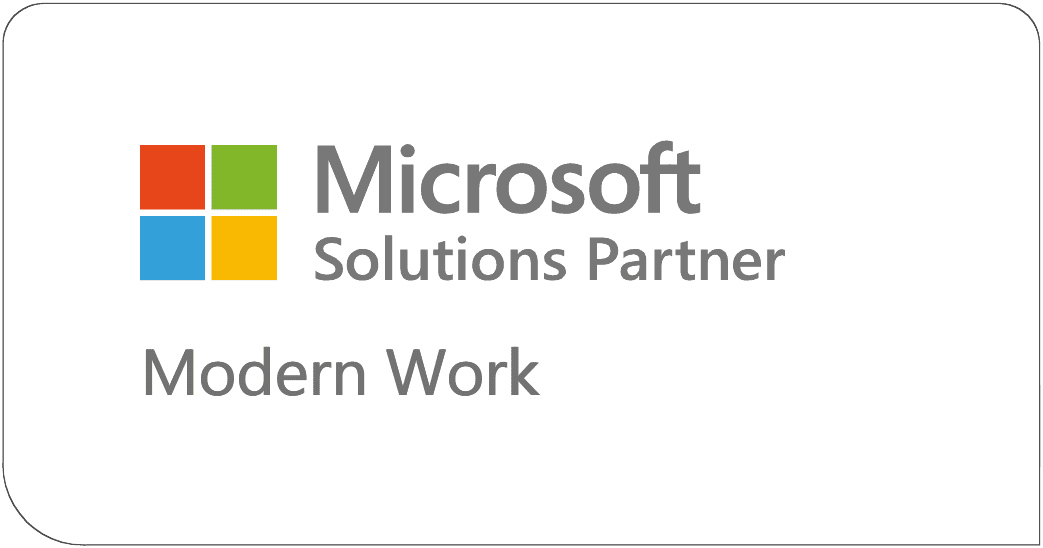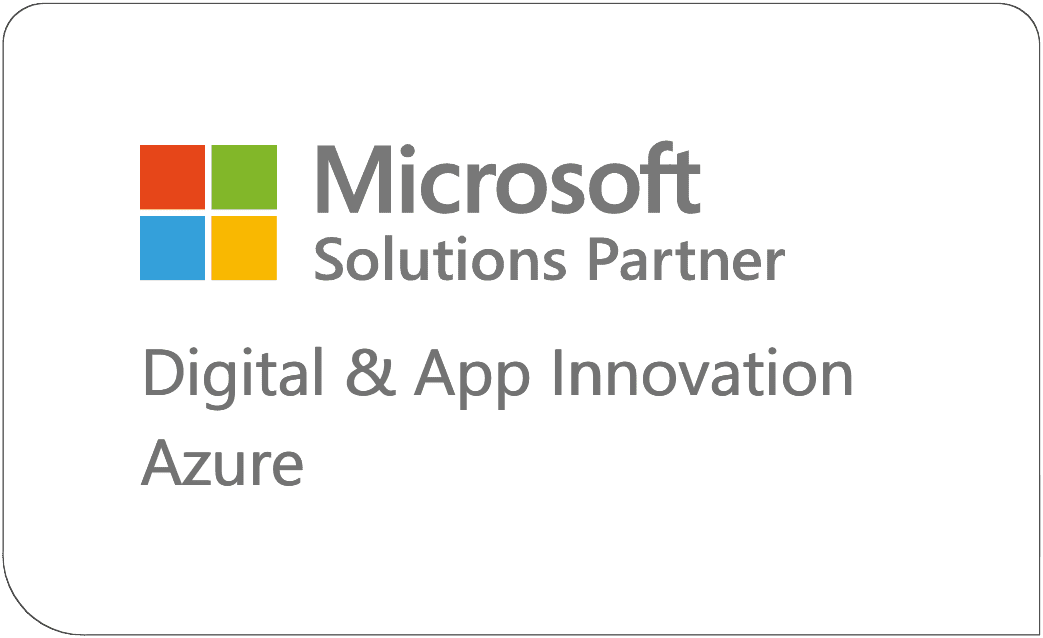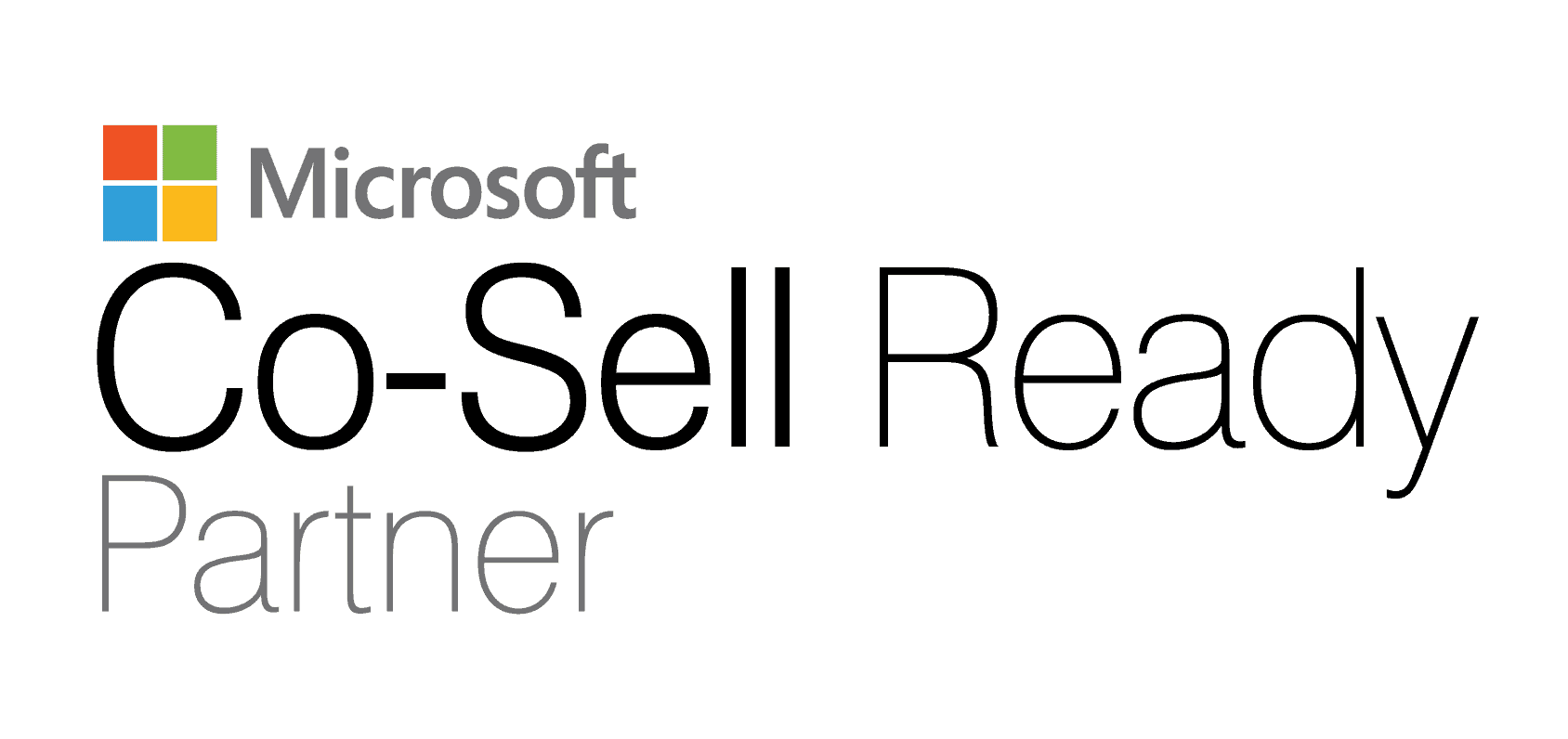Introduction
In today’s rapidly evolving digital workplace, communication platforms aren’t just tools-they’re the foundation of your organization’s productivity, collaboration, and security strategy. As enterprises reassess their technology stack, many are discovering that a seamless migration from Zoom to Microsoft Teams offers significant strategic advantages.
When Communication Platforms Fail: A Wake-Up Call
It was 8:45 AM on a Monday when Sarah, the CIO of a Fortune 500 financial services company, received an urgent call. The company’s global town hall meeting-scheduled to start in 15 minutes with 5,000 employees and the CEO presenting quarterly results-was experiencing critical technical difficulties. Their video conferencing platform couldn’t handle the load, and IT staff were scrambling to find a solution.
“We’ve tried everything,” the senior IT manager reported. “The system keeps crashing when we attempt to load more than 2,000 participants, and half of our Asia-Pacific team can’t access the platform at all due to regional restrictions.”
This wasn’t just an isolated technical glitch-it was the culmination of years of cobbling together communication solutions. During the pandemic, the company had quickly adopted Zoom to enable remote work, while various departments continued using legacy systems. The result was a fragmented communication environment with inconsistent security protocols, support challenges, and escalating costs.
This scenario plays out in enterprises worldwide. What begins as a quick solution to immediate needs eventually becomes a strategic liability, preventing organizations from fully leveraging their communication technology investments.
The Current Enterprise Communication Landscape
Before diving into the migration process, let’s examine where the market stands in 2025:
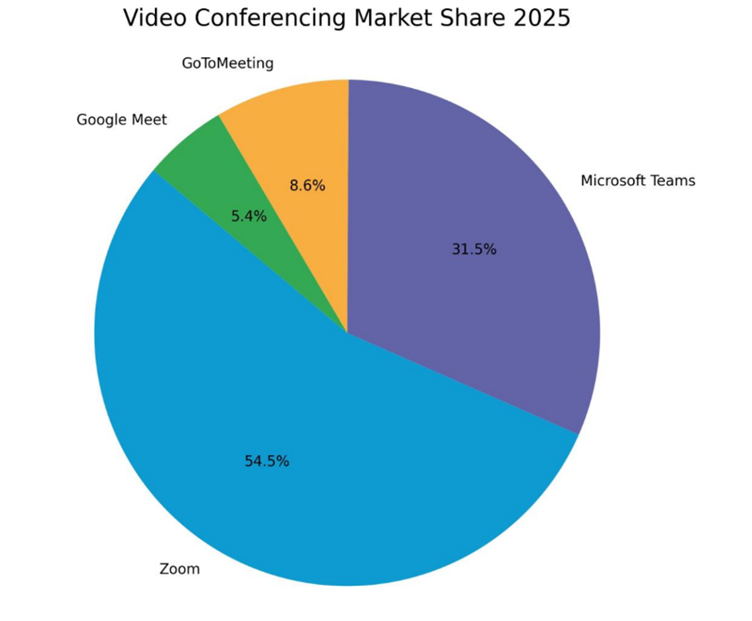
While Zoom maintains the largest market share at 55.91%, Microsoft Teams has shown remarkable growth, now commanding 32.29% of the market. More telling is the adoption pattern among enterprise-scale organizations-Microsoft Teams has reached 320 million monthly active users in 2025, with particularly strong penetration in regulated industries and organizations with complex security requirements.
The statistics reveal an important trend: organizations with mature digital workplace strategies are increasingly consolidating their communication and collaboration tools around platforms that offer comprehensive integration with their broader technology ecosystem.
Key Benefits of Migrating from Zoom to Microsoft Teams
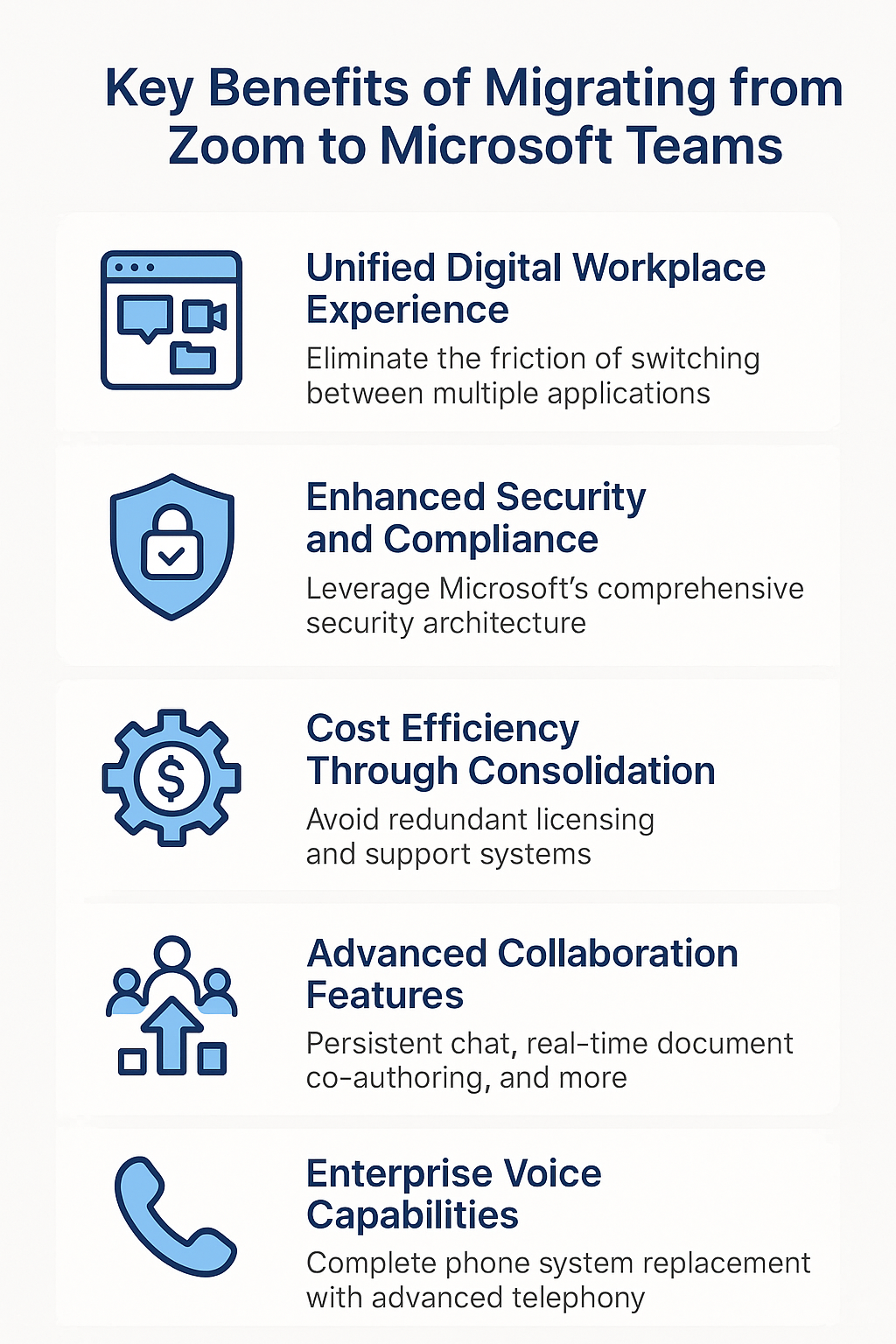
The decision to migrate from Zoom to Teams is strategic, driven by several enterprise-level consideration:
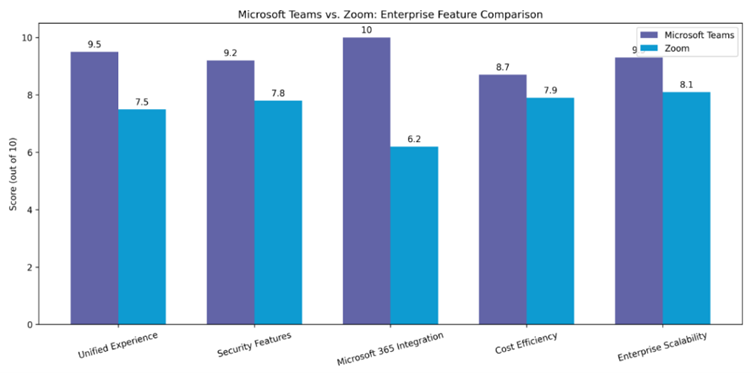
1. Unified Digital Workplace Experience
For organizations invested in the Microsoft ecosystem, Teams creates a seamless experience by eliminating the friction of switching between applications. When employees can move from chat to document collaboration to video meetings within a single platform, productivity increases and context-switching decreases.
According to recent productivity research, employees spend an average of 9.8% of their workday simply navigating between different applications. By consolidating communication functions in Teams, enterprises can recapture up to 4 hours of productive time per employee each week.
source: Microsoft
2. Enhanced Security and Compliance
Microsoft’s comprehensive security architecture provides advantages that specialized video conferencing tools struggle to match:
- Multi-factor authentication and single sign-on tightly integrated with Microsoft Entra ID (formerly Azure Active Directory)
- End-to-end encryption for meetings and calls
- Advanced threat protection leveraging Microsoft’s global security intelligence
- Granular data loss prevention policies that can be consistently applied across all communication channels
- Comprehensive compliance capabilities including retention policies, legal hold, and eDiscovery
- Compliance with global standards including GDPR, HIPAA, ISO 27001, and SOC 1 and 2
3. Cost Efficiency Through Consolidation
Managing multiple communication platforms results in redundant licensing, support systems, and training programs. For companies already using Microsoft 365, Teams is included without additional licensing costs, potentially eliminating separate Zoom expenses.
“After consolidating our communication stack on Microsoft Teams, we eliminated three separate platform licenses, reduced support tickets by 64%, and simplified our security compliance reporting. The ROI was evident within the first quarter.” — CIO, Global Manufacturing Enterprise
4. Advanced Collaboration Features
Teams has evolved beyond basic video conferencing to offer a rich collaboration environment specifically designed for business workflows:
- Persistent chat with sophisticated threading keeps conversations organized and searchable
- Real-time document collaboration allows multiple users to edit files simultaneously without leaving the Teams environment
- Integrated workflow automation through Power Automate reduces manual processes
- App integration ecosystem with over 1,000 business applications available directly within the Teams interface
5. Enterprise Voice Capabilities
Perhaps the most compelling differentiator is Teams’ ability to serve as a complete phone system replacement. Unlike Zoom, which primarily focuses on meetings, Teams offers comprehensive enterprise telephony:
- Cloud-based PBX functionality
- Direct routing options to integrate with existing phone systems
- Advanced call queues and auto-attendants
- Call analytics and quality dashboards
- Sophisticated voicemail with transcription
This means organizations can truly consolidate their entire communication stack-from chat to video meetings to traditional telephony-into a single, integrated platform.
Microsoft Teams in 2025: Latest Enhancements
Microsoft’s continuous innovation has introduced several significant improvements to Teams in 2025:
| Feature Category | Key Enhancements | Business Impact |
|---|---|---|
| Meeting Experience | – Enhanced spell check with multi-language support – AI-powered noise suppression – Ability to edit display names in meetings | Improved clarity in communication, particularly for global organizations with multilingual workforces |
| Calendar Integration | – Calendar sharing – Month and multi-day views – Advanced filtering – Support for multiple time zones | Streamlined scheduling and improved coordination across global teams operating in different time zones |
| Channel Management | – Scheduled channel posts – Ability to rename default channels – Enhanced organizational controls | Better information flow and more intuitive team spaces that match organizational structures |
| Developer Tools | – Improved GitHub app with streamlined notifications – Enhanced slash commands – Better PR conversation organization | Accelerated development workflows and improved technical collaboration |
| File Management | – Enhanced OneDrive navigation – Improved document versioning – Streamlined access to shared libraries | Faster access to critical documents and reduced time spent searching for information |
Common Challenges in Zoom to Teams Migration
While the benefits are clear, migrating communication platforms presents several challenges.
Here’s how Netwoven helps organizations overcome them:
1. User Adoption and Change Management
Challenge: Employees accustomed to Zoom may resist switching platforms, particularly if they perceive Teams as more complex.
Netwoven’s Approach: Our migration methodology includes a comprehensive change management strategy with personalized training programs, champions networks, and executive sponsorship to drive adoption. We focus on demonstrating immediate value to users rather than simply highlighting features.
2. Data Migration Limitations
Challenge: There’s no automated tool to directly migrate all Zoom data (like meeting recordings and chat histories) to Teams.
Netwoven’s Approach: We implement a strategic data migration plan that identifies critical historical content, creates appropriate storage solutions in SharePoint or OneDrive, and ensures business continuity throughout the transition. Our custom tools help preserve important organizational knowledge while facilitating the move to the new platform.
3. Complex Telephony Requirements
Challenge: Enterprise organizations often have sophisticated phone system requirements including call centers, specialized routing, and regulatory compliance needs.
Netwoven’s Approach: As Microsoft Teams Phone System specialists, our engineers design telephony architectures that maintain all required functionality while leveraging Teams’ advanced capabilities. We handle number porting, carrier relationships, and calling plan optimization to ensure a seamless transition from any phone system, including Zoom Phone.
4. Integration with Existing Workflows
Challenge: Organizations frequently have custom integrations between Zoom and other business applications.
Netwoven’s Approach: Our technical team analyses existing integrations and recreates or enhances them using Teams’ extensive API capabilities and Power Platform tools. We ensure that critical business processes remain uninterrupted while often improving their efficiency through deeper integration with the Microsoft ecosystem.
Netwoven’s migration experts have successfully transitioned over 270+ Fortune 500 companies to Microsoft Teams, including more than 10 major financial institutions with stringent security and compliance requirements.

Solution Brief: Zoom to Teams Migration
Thinking about transitioning from Zoom to Teams?
The solution brief is your go-to resource for understanding the strategic, technical, and financial impact of this move. It’s designed for IT leaders, decision-makers, and transformation teams looking to streamline communication and collaboration.
Get the Solution BriefFrequently Asked Questions
How long does a typical Zoom to Teams migration take?
The timeline varies based on organizational size and complexity. For mid-sized enterprises (1,000-5,000 employees), a complete migration typically takes 8-12 weeks. For larger organizations, a phased approach over 3-6 months is more common. Netwoven works with your team to develop a timeline that minimizes disruption while maintaining momentum.
Can we migrate our Zoom Phone numbers to Microsoft Teams?
Yes, phone numbers can be ported from Zoom Phone to Microsoft Teams Phone System. Netwoven manages this process, coordinating with carriers and ensuring continuous service throughout the transition.
What happens to our existing Zoom integrations?
Netwoven conducts a detailed analysis of your existing Zoom integrations and develops equivalent functionality in Teams. In many cases, Teams’ native integration capabilities provide enhanced functionality compared to the original implementation.
How will this impact users who regularly host meetings with external participants?
Microsoft Teams offers robust external collaboration capabilities, including guest access and streamlined join experiences for external participants. Netwoven configures these features to match or exceed the experience provided by Zoom, while maintaining appropriate security controls.
Ready to Transform Your Enterprise Communications?
As organizations continue to refine their digital workplace strategies, consolidating on Microsoft Teams represents a strategic advantage that extends far beyond video conferencing. By eliminating communication silos and creating a truly unified collaboration experience, enterprises can boost productivity, enhance security, and reduce costs.
Netwoven’s specialized migration services ensure that your transition from Zoom to Teams delivers maximum value with minimum disruption. Our technical expertise combined with our proven change management approach has helped hundreds of organizations successfully navigate this important transformation.
Ready to explore how a Teams migration could benefit your organization?
Contact Netwoven today for a complimentary assessment of your current environment and a personalized migration roadmap.

